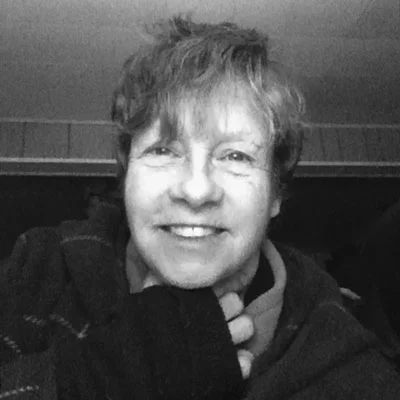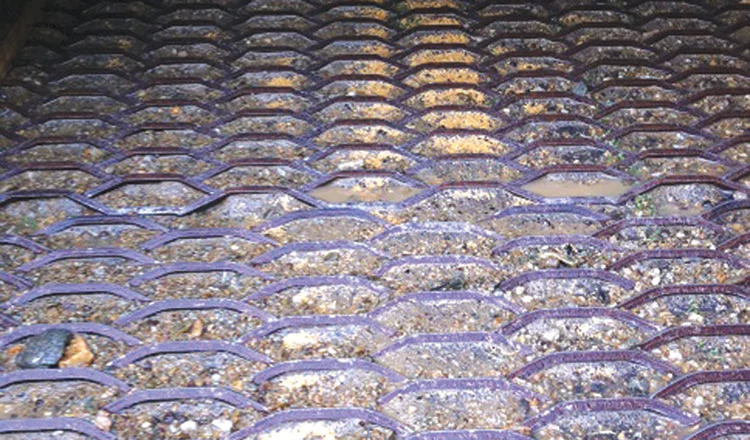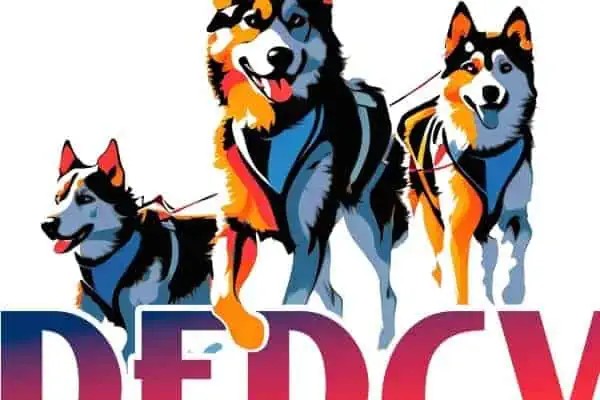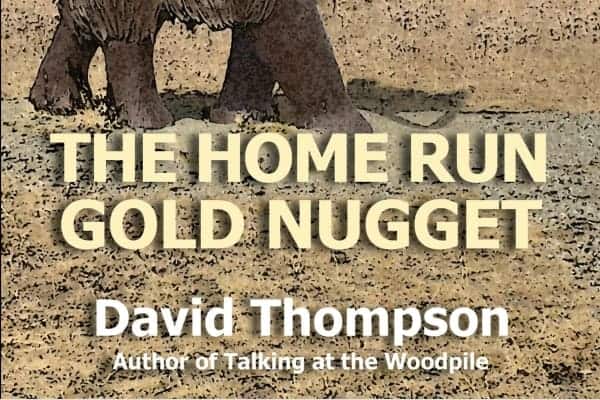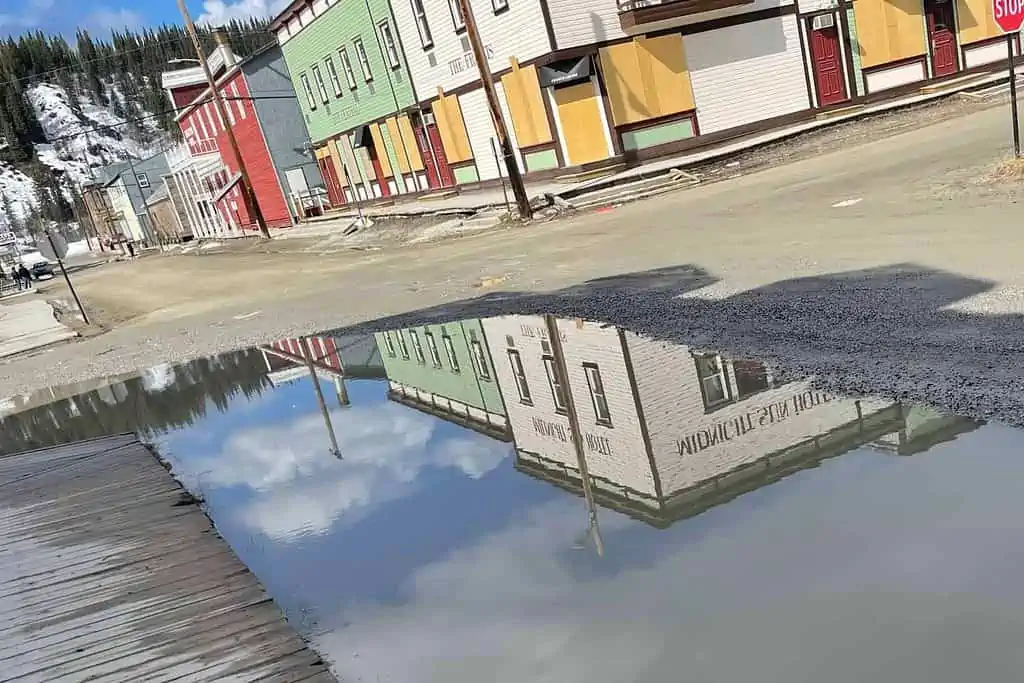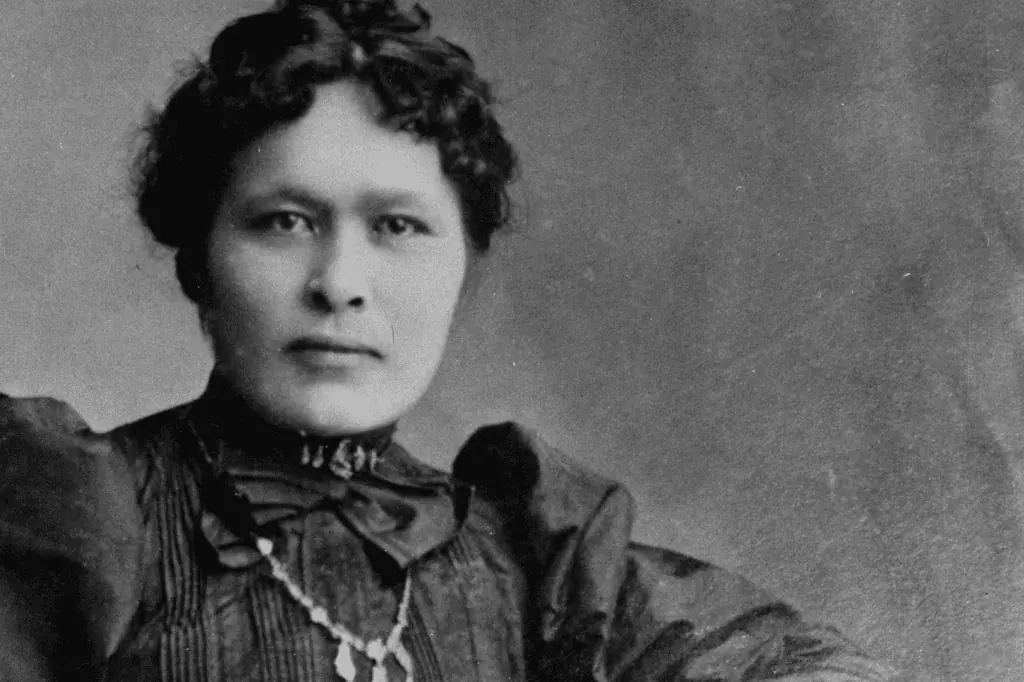After learning how to operate a Hitachi 200 hoe, I fed the wash plant/sluice with the pay dirt until the end of the mining season. The water license saga finally freed us. August 25 gave us a late start and a mere 63 days later the season was over. Frozen assets they say. But wow, was that interesting.
Finding good ground takes a certain “nose for gold.” It requires a study of the geography, knowledge of the area’s history, proof of previous miners’ achievements in the mining records and a whisky shot of good luck. Once you find ground—a gold claim—an educated guess determines where to dig for the underground gravel layer that holds gold. That educated guess comes about because you’ve done your homework. You run test holes to determine the presence of gold.
Hours and days of bulldozing the overburden dirt exposes the pay dirt layer holding the gold. Overburden does not hold gold. It’s the topsoil in which trees, shrubs and vegetation grow. It also gets in the way. All of it has to be removed so you can dig out the layer you hope holds gold. Overburden is a burden and absorbs vast amounts of time and money. At the end of your mining efforts, you put the overburden back to reclaim the land. That just means you put things back the way they were before you started mining.
Once the overburden is removed, you test pan this layer. No gold in the test pan means there’s no gold here. But when there is gold, it forms lets you know how many yards of pay dirt will produce how many ounces of gold per yard. (or bucket.)
Specs, chunks and nuggets will appear in the gold pan if you’re lucky. Usually you get specs or “colour” as they say. These specs, or “fines,” are what you are mining for, not nuggets. That’s because fines are more pure gold. The composition of nuggets can include other metals such as silver or lead. Nuggets can ruin gold quality (troy) at the gold buyer’s office, so they’re separated out. Chunks are like flattened nuggets. They’re small and often what you find in nugget jewellery, called “jewellery gold.” This gold is worth a lot more with jewellers than it is with a gold buyer, I hear. It shocked me to learn nuggets are not as highly valued. Imagine that. Guess that’s why Gold Rush doesn’t usually show nuggets. Our team found three small nuggets during our two-month season and I got to keep a beauty. (Thank you boss.)
I also entered the Gold Panning Championships annual event in July. I’ve never panned gold in my life. Didn’t know what raw gold looked like. Talkin’ rookie here. This event teaches you how to pan. You get a quick, but thorough demonstration and into the competition you go. I placed 6th out of 19 entrants and got to keep the gold. Exceptional! Flakes of gold, but so much fun!! My first flake slipped away because I thought it was fool’s gold. However, I went on to find nine of the ten seeded flakes. Yup, I got a certificate too. Now I’m an expert. So happy.
Later in summer I dug out a virgin pan of pay dirt and panned it. Panning is a skill you need to practice. While filling the pan, I found a small nugget just sitting there. Tossed that nugget into my pan knowing I’d find it again. (I’m an expert you see.) Never did see that nugget again. As for gold panning, I learned how to do it, but I suck.
Back at the mine, once you’ve found pay dirt, a hoe (excavator) loads a truck which dumps near the wash plant/sluice. The wash plant is positioned high up where runoff water escapes by gravity into settling ponds. At this mine, clear, clean water returned to the nearby water source while the settling ponds filled with sediment. The settling ponds were dug out regularly, with waste material increasing the height of the pond’s banks.
At the wash plant/sluice, a different hoe moved the pay dirt into the wash plant. Proudfoot; that was my job! The forty-foot trommel rotated as sprayed water forcefully blasted the gold from the rocks and pay dirt. Washed rocks fell out of the end of the trommel, the gold got trapped and stayed still in the mats below, and the canal steered runoff water toward the settling ponds. This is called sluicing.
After a number of hours of sluicing, the mats are pulled up one by one and rinsed into a tub. The mats are like carpet—plastic and heavy with silt, stones and gold. This cleanup tub is then slowly emptied into a mini sluice (called the Long Tom) to further reduce the material down to a concentrate of only black sand and gold. It’s so exciting to see the gold piling up! After that, it goes off to the gold cleaner. This is the most confidential time of the whole cleanup.
The gold cleaner separates the gold from the black sand using a mighty strong magnet. Next, the gold wheel. It’s fascinating watching the gold wheel do its magic. As the electric wheel turns, only gold goes up the clever “staircase” at the same time as the non-gold materials (small stones, silt) drop to the bottom of the wheel, wash over the wheel’s edge and fall into the garbage pail below. In the gold wheel’s dead centre, at the top of the “staircase,” is a half-inch hole through which the gold is rinsed along with the water, guided into a simple cup hung on the backside of the wheel. Overflowing with water, the cup fills with gold that sinks to the bottom. This is cleaned gold. The cup fills up, the cup is emptied, the pile of pure gold gets bigger and bigger. Glittering, gleaming, pure gold. It’s a privilege to hold. Next, it goes to the gold buyer. How much? Well, only the gold buyer and gold owner know. They jealously guard their secrets.
Now I understand what’s going on in the TV series Gold Rush. I admit it’s one of my most favourite TV programs. I love that show! Yes, and another prayer was answered when I got to meet Rick Ness and shake his hand. Wow. To meet a TV-movie star is a lucky moment. But I also got to meet cast members Freddy Dodge and Monica Beets, as well as the show’s producer, Justin. It’s a small world in the small town of Dawson City, in the big Yukon Territory.
Yes indeed. I was lucky to be able to roll up my sleeves and get dirty while mining for gold. I drove articulating dump truck, operated the hoe that fed the sluice, cleaned the gold-covered mats, reduced the slurry to concentrate, fed the gold wheel and held the finished bag of pure gold. What an experience! I was honoured to be a member of this five-person crew mining in the famous Klondike Goldfields. Kind of a highlight to my whole entire life. Spirits of yesteryears, take me where the gold appears

